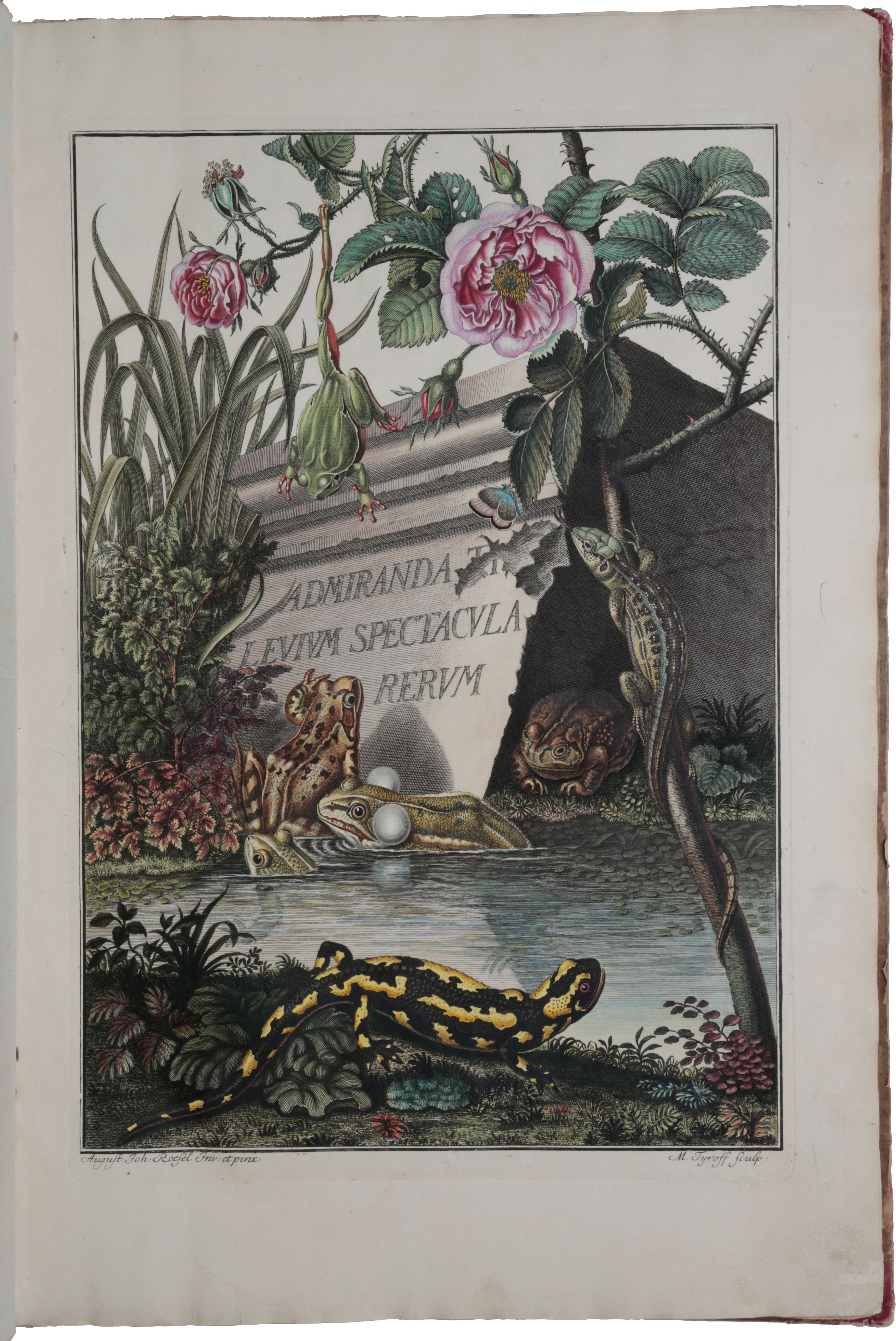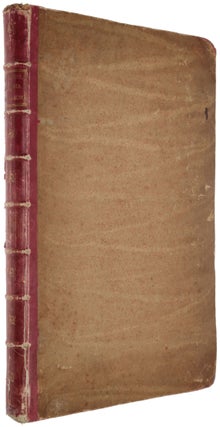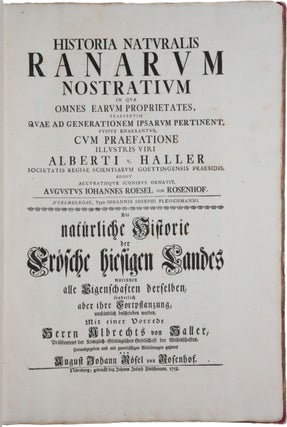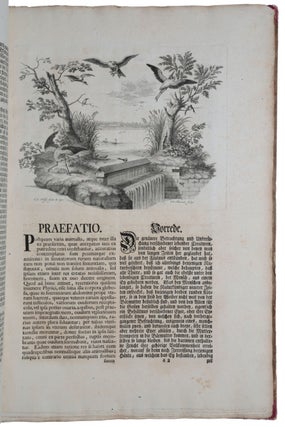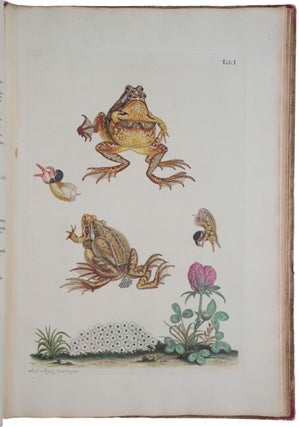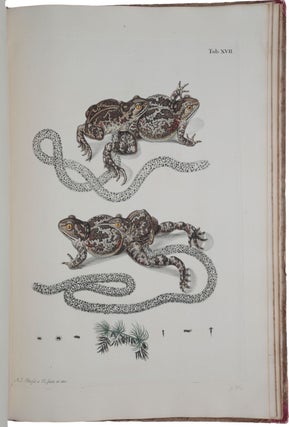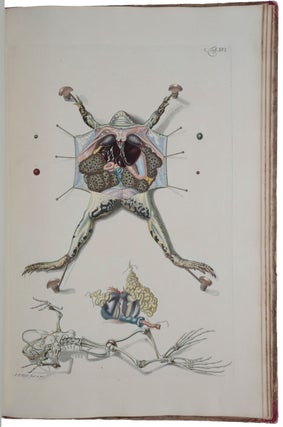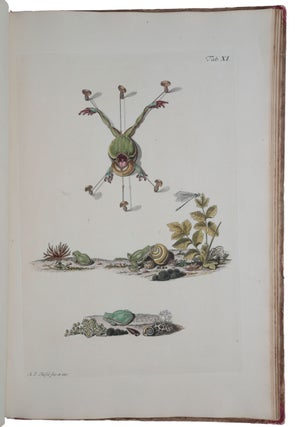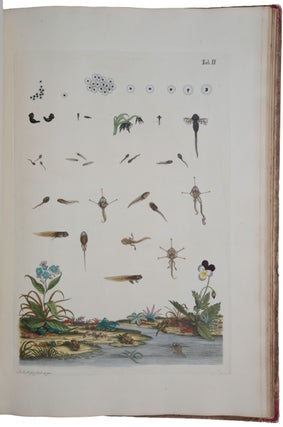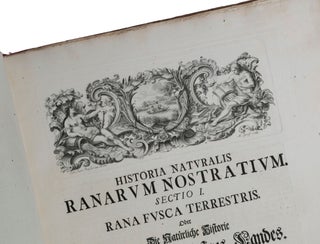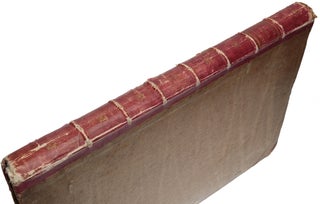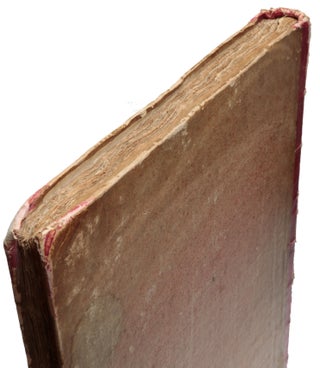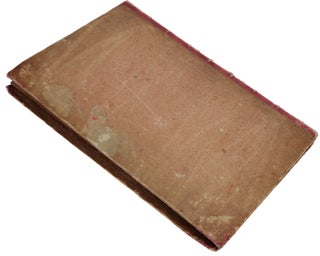Historia naturalis ranarum in qua omnes earum proprietates, praesertim quae ad generationem ipsarum pertinent, fusius enarrantur. Die natürliche Historie der Frösche hiesigen Landes worinnen alle Eigenschaften derselben, sonderlich aber ihre Fortpflanzung, umständlich beschrieben werden.
Nuremberg: Johann Joseph Fleischmann, [1753]-1758. First edition of one of the most beautiful works devoted to frogs and toads, with a strikingly beautiful frontispiece after the author, preface by Alfred von Haller and plates depicting all the then known species of frogs and toads indigenous to the locality of Nuremberg. Wood describes the work as “one of the classics of amphibiology. The illustrations are of the finest, and the whole work is admirably done ... altogether a very valuable, early contribution to the literature of the batrachia.” “During his research on insects, Roesel studied amphibians and reptiles. This work culminated in the publication of Historia naturalis ranarum in several instalments between 1753 and 1758. When all of them had appeared, Albrecht von Haller offered to contribute a preface to the work. The text of the Historia, printed in both Latin and German, contains descriptions of all the German frogs and toads. The twenty-four plates in large folio format are presented in pairs: those on the left-hand page show simple outlines of their subjects; those on the right-hand page are produced in unusually sumptuous and graphic colors. Along with illustrations of animal habitats and of copulating animals, the book contains drawings of anatomical preparations, individual organs, skeletons, and various stages of larval development. There are also extant six preliminary watercolours from a further work in which Roesel planned to treat tailed amphibians and lizards in a similar fashion” (DSB). The reason the plates are in two states, coloured and black and white (which is the case in all copies known of this work) may be due to the fact that Rösel was both an artist and a naturalist and clearly those two parts were in conflict regarding the illustrations. Rösel started another volume on lizards and salamanders, but died unexpectedly in 1759 before he was able to complete it. “The work of German artist and naturalist August Johann Rösel von Rosenhof, Historia naturalis ranarum nostratium, describes the natural history of all then-known frogs and toads indigenous to the Nuremberg region in Germany. The title is noteworthy first for the extensive, accurate information in the text, printed in two columns in both German and Latin. As Darrel Frost, a curator in the Herpetology Department in the Division of Vertebrate Zoology at the American Museum of Natural History, wrote in his essay on the book for Natural Histories, ‘Rösel’s volume on German frogs represents in a very real sense the beginning of accurate life-history observation in amphibians’ (Frost, p. 38). The work is equally (if not more) renowned for its illustrations. The twenty-four folio, hand-colored copper engravings portray habitats, anatomy, reproductive behavior, and larval development stages in intricate detail. “The quality of the artwork is not surprising given Rösel’s artistic background. Johann Rösel von Rosenhof was born in 1705 to a noble Austrian family near Arnstadt in the German principality of Arnstadt-Schwarzburg. Orphaned at a young age, Rösel was sent for training to his uncle, Wilhelm Rösel, an animal and landscape painter, after he showed artistic talent. He eventually became a painter of portraits and miniatures to the Danish Court in Copenhagen before returning to Nuremberg and earning his living as a painter. “Rösel’s passion for natural history was ignited by the work of Maria Sibylla Merian, a German-born naturalist and illustrator who is recognized as one of the most significant contributors to the field of entomology. Her Metamorphosis Insectorum Surinamensium (1705) depicted the full life cycles of many Suriname insects. Merian was able to portray this life history information because she drew her subjects from life in their natural environments. Most naturalists of the day illustrated species from dead, preserved specimens, which contributed to a lack of knowledge about the true life cycle and origin of insects. Maria also portrayed the host plant for the species she studied and even illustrated the damage the insects left on the plants. “Merian’s work inspired Rösel to study and produce a similar work on German insects. His interest in the natural world also grew to include amphibians and reptiles, and he used his leisure time to collect insect and amphibian eggs and larvae to observe their development. The first part of his first natural history publication, Der monatlich-herausgegebenen Insecten-Belustigung, was published in 1740. Four additional parts appeared over the years, with the final one being published posthumously in 1761. “In 1753, Rösel published the first part of his Historia naturalis ranarum nostratium. Completed in 1758, the work is a scientific and artistic marvel, and several of the illustrated frogs, such as Bufo calamita (now Epidalea calamita) and Bufo fuscus (now Pelobates fuscus), became the types for their species … As Frost outlines in his essay, Rösel intended to produce a similar work for lizards and salamanders, but sadly was not able to complete it, as he died unexpectedly on March 27, 1759” (https://blog.biodiversitylibrary.org/2018/08/an-illustrated-natural-history-of-german-frogs.html). Nissen ZBI 3464; Wood 541. Frost, ‘Rösel von Rosenhof and His Natural History of Frogs,’ pp. 37-38 in: Baione (Ed.), Natural Histories: Extraordinary Rare Book Selections from the American Museum of Natural History Library, 2012.
Two parts in one vol., folio (462 x 315 mm), pp. [viii], viii, [2], 36; [37]-116, uncut. Title and text in Latin and German. Added engraved frontispiece depicting frogs, a salamander, and a lizard represented in and around a pond and a beautiful rose, climbing up a commemorative stone. 2x24 engraved plates depicting frogs, anatomical pictures of frogs, illustrations of certain anatomical details, frogspawn, polliwogs, etc. Each plate is present twice: 24 beautifully hand-coloured as well as 24 in black and white with the figure labels and other scientific indications added in the engravings, 8 large engraved headpieces, all different, showing natural scenes and scenic views. All the large frog plates were designed and painted by J. Roesel von Rosenhof and engraved by M. Tyroff. The headpieces were designed and executed by different artists. Original red stained calf spine over boards (spine ends worn). Overall an excellent copy.
Item #5376
Price: $32,500.00

